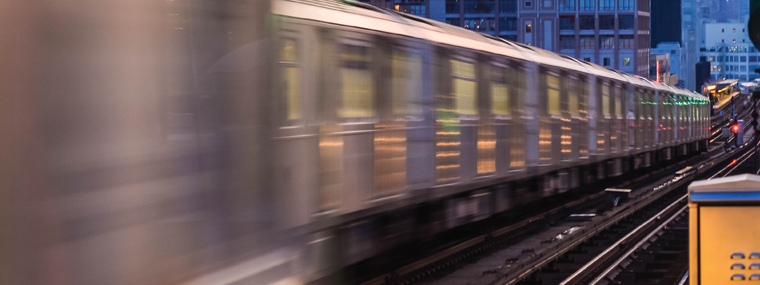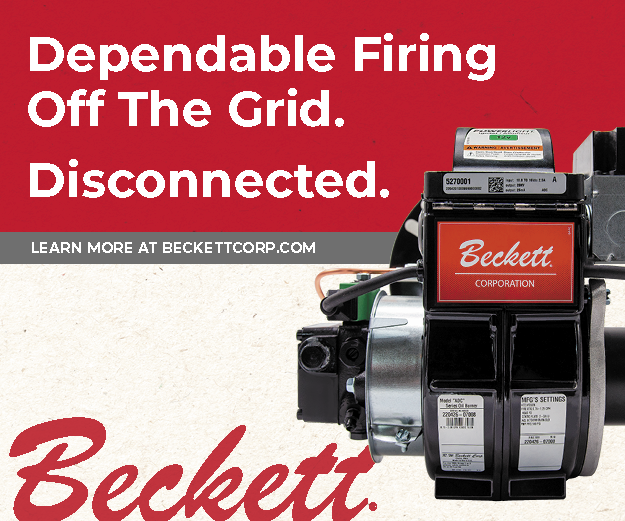
Cleaning Mass Transit
Contributor: John R. Davis, President, Grease Police LLC, Largo, FL / Published April 2017

G
EOGRAPHIC CONSIDERATIONS
Metropolitan areas from New York to Los Angeles have mass transit systems. Airports and large manufacturing facilities often have light rail systems.
Typical Job
There are two things you work on when cleaning a mass transportation system: graffiti and carbon buildup. Included in the carbon buildup are residues from passengers that include mucous (this includes spit and nasal discharge). Sloughed off skin also accumulates; dead skin is one of the biggest types of debris in passenger areas. All of it must be removed from the inside of cars to prevent the spread of bacteria such as E. coli and salmonella.
Graffiti may be on the exterior of cars, platforms, or surrounding structures. Rails must also be cleaned.
[This CT writer rides Washington Metrorail and notes other accumulated residues from passengers: their nails—clipping in transit is common, makeup—from onboard applications, and blood—from unfortunate incidents.]
Techniques That Work Best
If you wash in a bay, you can use a steam pressure washer on the cars. Because electricity is involved when washing cars on the track, we use dry-ice blasting most of the time. We use a Cold Jet® Aero 40 machine with six types of attachments. The machine has an onboard pressure regulator and accessories for low, medium, and high flow.
We also have used dry-ice blasting to clean track on a monorail. Oxidative residue that builds up on the rail in electric rail systems must be removed. Its build-up reduces efficiency (and thereby adds cost to operation). The high-voltage side of the electric rail is more or less self-cleaning, but the low-voltage side must be cleaned to get off debris and improve connectivity. (The improvement in connectivity is not unlike that we got as children when we used steel wool to clean residue from oxidation off our toy train track.)
In cleaning the monorail, the whole thing is about access. Dry-ice blasting is a good match to reach every part of the length of the track. Since no water is involved, it can be used around electrical connections.
We were called into a well-known theme park to clean a track for a popular children’s ride. They were having interruptions on the track, which was worrying parents. Debris had accumulated on the low-voltage side of the track. We took it off using dry-ice blasting, and they got better connectivity (and no interruptions).
Exceptions
We have lots of different tools in our tool box. It’s a must. Dry-ice blasting is good because it can be used around electricity, there’s no waste, and it’s green. Municipalities are into green or environmentally friendly approaches; that’s another advantage.
We had a large commercial customer with its own siding where we were cleaning rail cars. When a pipe that fed calcium into tank cars was discovered to have reduced outflow, we were asked to help. We cleaned the line with steam jetting—water is heated up to 300 F.
We do graffiti removal, using whichever method works best (which depends on what was used to tag) and following up with restoration. We spray on an anti-graffiti coating following cleaning to make the next graffiti easier to remove. [Several manufacturers offer an anti-graffiti coating. The coatings or films are built from silicone and its variants.]
Equipment and Supplies
Both a dry-ice blasting and steam pressure washer should be on the equipment roster.
How To Bill
If called in for a particular job, such as a track problem at a theme park, a contractor might be asked to quote a price. Most work cleaning mass transit requires responding to an RFP. Municipalities often want a presentation from a contractor prior to awarding a contract. What’s fun about it is explaining the technology, especially dry-ice blasting, which is a waterless, environmentally sensitive way to clean.
Ancillaries
Encourage customers to be proactive rather than reactive. It’s a good idea to try to get a customer to set up a service schedule. (People don’t do that like they should.)
With experience, a contractor may be asked to consult on projects in other metropolitan areas. I have travelled to do so.
Problems To Avoid
Follow all safety procedures. Lockout and tagout must be done every time.
How To Fix Mistakes
Safety must be the highest priority when working around electrical systems. The measure of safety provided by dry ice can never be a substitute for taking all precautions for working around electricity.
John Davis and Richard Parris formed Grease Police Florida in 2007. Grease Police does dry-ice blasting, steam pressure cleaning, surface remediation, general cleaning, theme park cleaning, and mass transit deep cleaning.
Getting Started
Explore the requirements for doing business with the mass transit systems in your area. Local businesses and small businesses often receive preference when contracts are awarded. It may be possible to register as a vendor with the local system. In order to do so, visit the website(s) of nearby transit systems.
Wash bays for rail are becoming increasingly high-tech and integrated with water filtering and reuse systems. The train wash for the LIRR in New York includes an oil-water separator. (See www.mta.info/news/2012/10/03/lirr-opens-new-high-tech-train-wash.) The interior of cars still require cleaning, and there are opportunities for contractors.
So much trash had accumulated on tracks of the MTA in New York that three vacuum cars were ordered. Vacuum trains can remove 14 cubic yards of trash per day. (See www.mta.info/news-operation-track-sweep-subway-new-york-city-transit/2016/09/12/big-clean-all-469-subway-stations.) MTA is also encouraging riders to dispose of trash properly, so that it does not become a fire and obstacle hazard and a breeding ground for rats. Cleaning trash receptacles presents another opportunity for contractors in the mass transit sphere.





